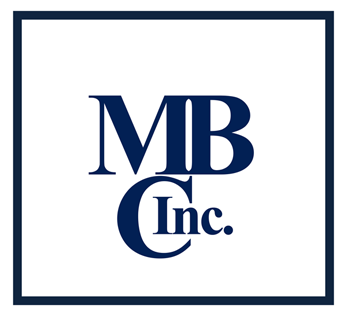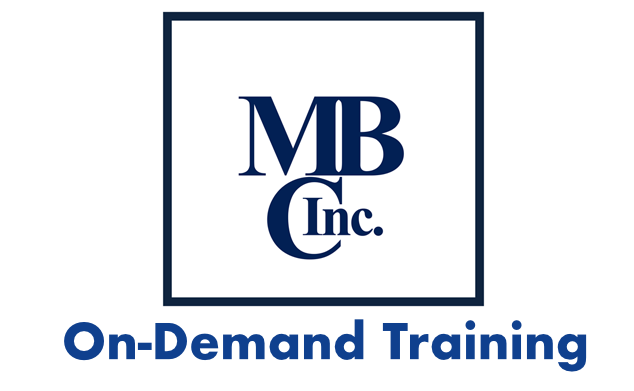Bi-Monthly Informational Guide
MBC, Inc. Quality Tips
Failure Mode Effects Analysis (FMEA)
Pronounced (Fee-Muh)
FEMA’s for Manufacturing, Design and Service organizations take on many forms. FMEA’s may be Process, Product, Design, Machinery, Healthcare, or many other task/product specific applications. In this brief ‘Tip’ I am only going to address the “Process FMEA” (PFMEA).
The major benefit of doing a Process FMEA is; doing a Process FMEA. What does that mean? Simply put the greatest benefit of the PFMEA is the detail analysis of the manufacturing process. PFMEA is simply a specific way of doing risk analysis.
To be effective the PFMEA must be comprehensive in nature. Comprehensive means the analyst must assess the risk of every activity, step or function of the manufacturing process. This detailed analysis is nearly impossible unless a systematic approach is taken.
One of the simple methods to a systematic approach is to begin with a detailed “Process Flow Chart/Map/Diagram”. This documented Flow Chart details every step of the process in process order. When all steps, set-ups, adjustments, functions, and change-over activities are included a thorough analysis can take place.
PFMEA in its basic form is a three question activity:
1) What is required to happen?
2) What is the failure mode of the requirement?
3) What is the effect if the failure occurs?
|
Assembly Requirement; |
Failure Mode: |
Effect of Failure |
| Secure the car seat with four fasteners | Using less than four fasteners | Seat may not be secure |
| Insert the right front fastener first | Starting any other fastener first | Inefficient assembly process that increases cycle time and doesn’t maintain line speed. |
There are of course additional steps to the process FMEA, but these three questions are the core. In addition to the assessment above the analyst determines, cause, method of control or detection of errors, a numerical evaluation of “Severity”, “Occurrence” and “Detection”. Finally a “Risk-Priority-Number” is established that assist the organization in prioritizing improvement activities. All this is wrapped up with a corrective action activity for the high risk process steps/functions.
This explanation is very brief however I believe it captures the ‘core’ of the Process FMEA activity. The training of the resources pool within your organization in the proper application of these valuable tools can be accomplished in very short order. MBC, Inc. offers a one day public or on-site FMEA Overview that will assist many team members in the participation in the FMEA process.
A more comprehensive approach is the “On-Sight” Comprehensive PFMEA workshop. This on-site activity is the most efficient method of applying this valuable tool. With the comprehensive FMEA you receive actual work on your manufacturing processes. This workshop uses your people to define (map) the manufacturing or assembly process flow. Then the Process FMEA is conducted on the previously developed process flow. Lastly is the development of and efficient and effective process control plan. Thus we have the proper “work-flow” of quality Planning.
1) Process Flow Chart
2) Process FMEA
3) Process Control Plan
4) Written Job or Work Instructions
5) Training
6) Training Effectiveness Evaluation
For additional information about the FMEA Process you may contact the President of MBC, Inc. at anytime; Phone 931.637.1446, or E-mail – Bmartin@MBCIncorp.com

